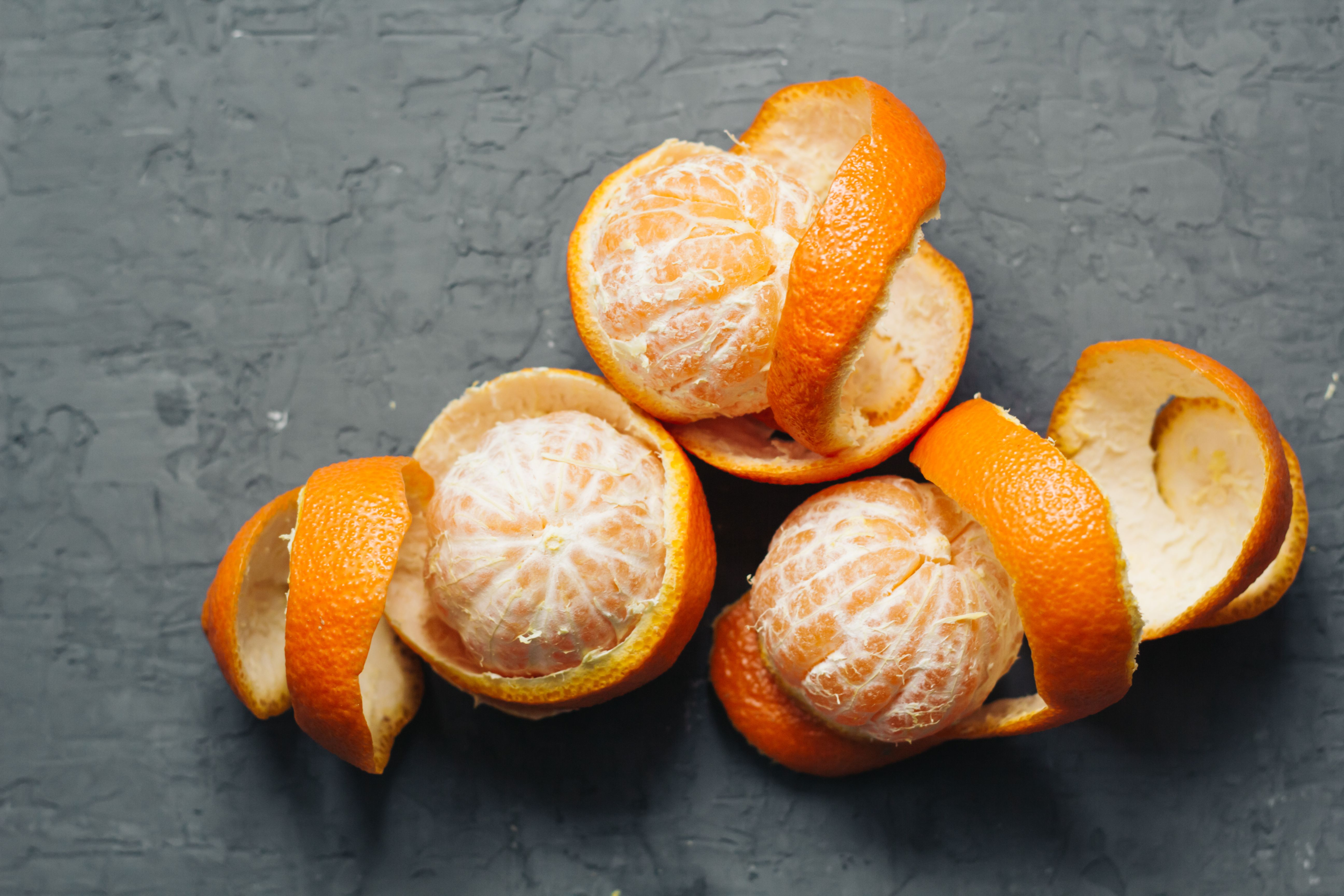Exploring the Connection Between Orange Peels, Gut Metabolism, and Heart Health
Study shows that orange peel extract may reduce risk of heart disease and adverse cardiovascular events.
Orange peels may help reduce the amount of trimethylamine-N-oxide (TMAO) in the gut microbiome, potentially improving cardiovascular health, according to the authors of a recent study published in the Journal of Agricultural and Food Chemistry. The findings build on previous research showing a positive correlation between a healthy gut and improved cardiovascular health (CVH), providing at-risk patients with more targeted nutritional guidance to manage their conditions.
Image Credit: Kseniia - stock.adobe.com

Cardiovascular diseases (CVDs) are the leading cause of death globally, affecting an estimated 17.9 million people every year, according to the WHO. The most significant risk factors for poor heart health and cardiovascular events are often behavioral, meaning many individuals can improve their outcomes through lifestyle modifications such as physical activity and nutrition. Research into the connections between specific foods, how the gut metabolizes those foods, and how they impact aspects of CVH, such as cholesterol, is crucial for developing targeted dietary interventions to help manage CVH more effectively.1
In an effort to address the abundance of leftover orange peel waste from orange juice manufacturers in Florida, researchers explored the potential chemical benefits of orange peel extract. They specifically targeted TMAO, a diet-induced metabolite produced by gut microbiota that has been correlated with increased risk of atherosclerotic cardiovascular disease (ASCVD) and major adverse cardiovascular events, as well as disrupting normal cholesterol metabolism.2 Their findings showed that orange peels contain certain chemicals that help inhibit the production of TMAO in male mice, suggesting potential applications in human medicine.3
The researchers compared the inhibitory effects of 2 types of orange peel extracts on trimethylamine (TMA), a precursor to TMAO, and TMAO production in response to l-carnitine treatment in vivo and in vitro. They used 2 types of extracts, orange peel polar fraction (OPP) and orange peel nonpolar fraction (OPNP), to identify which components are most beneficial to TMAO reduction.3
The findings demonstrated that OPP effectively regulated atherosclerosis-related markers, TMA and TMAO in the blood and urine, as well as more effectively inhibited TMA production compared with OPNP. Additionally, the study authors identified higher levels of feruloylputrescine, a compound that inhibits cntA/B, the enzyme responsible for TMA production, in OPP, which may explain its effectiveness over OPNP.3
The success of utilizing orange peels to reduce production of TMAO emphasizes the importance of further research into the significant interactions between diet, the gut microbiome, and CVH on overall health outcomes. Understanding how specific dietary components, such as orange peel extracts, can regulate metabolic pathways to decrease the production of compounds linked to poor CVH, opens new avenues for developing targeted dietary interventions. Continued investigation in this area holds promise for advancing personalized nutrition strategies that optimize gut health and mitigate cardiovascular risks.
